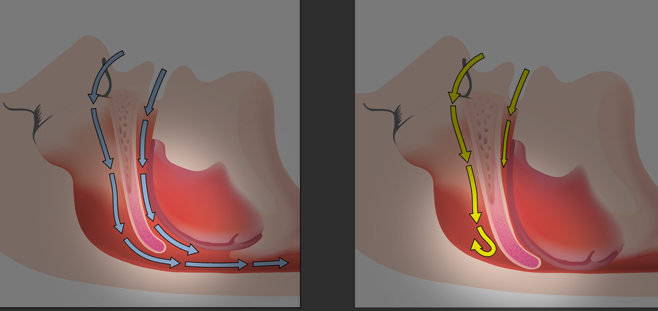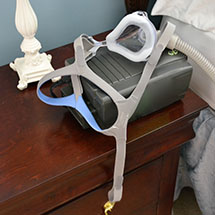What is sleep apnea?

Sleep apnea is a serious but common and treatable disorder that causes a person to stop breathing during sleep. In severe cases, breathing stops several hundred times per night.
An “apnea” occurs when the back of the airway collapses or becomes blocked. That may cause the person to snore, then gasp for air as they wake briefly to unblock the airway.
Without treatment, sleep apnea increases the risk of major health problems, including heart attack, stroke, diabetes, and depression. By treating sleep apnea, you can lower major health risks in your patients and help them enjoy other benefits of uninterrupted, healthy sleep like fewer headaches, better skin, and improved intimacy. Better sleep also means a stronger immune system, lower risk of traffic accidents, and improved performance at work or school.
The resources below will help you understand how to screen your patient, diagnose and treat sleep apnea, and know when to refer your patient to another provider.
Sleep apnea tools for practitioners
Millions of Americans have undiagnosed sleep apnea; your patients’ overall health may be affected by this disorder. Use these tools and resources in your practice to help your patients who may have undiagnosed or untreated sleep apnea.




